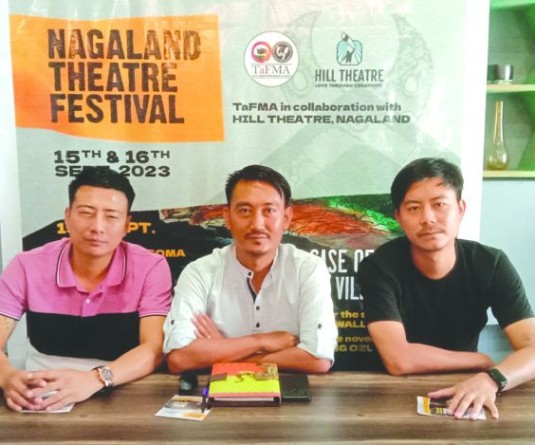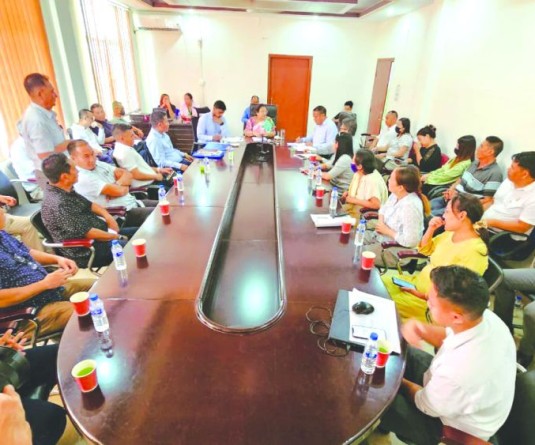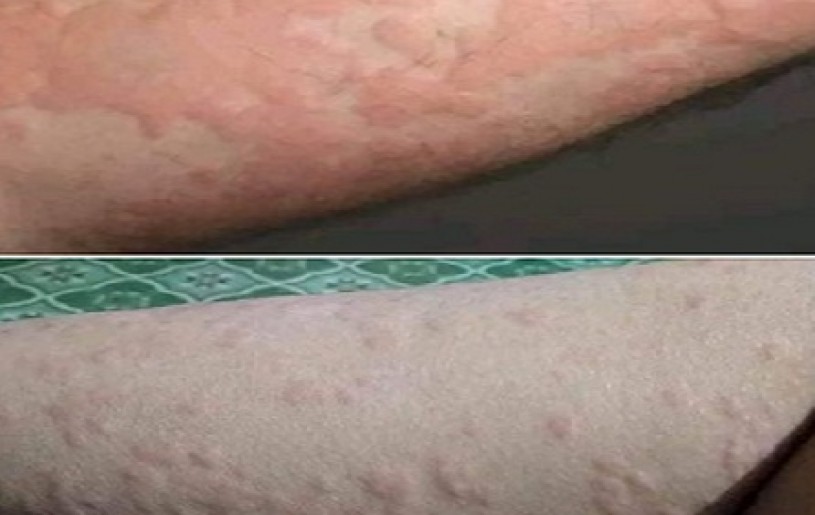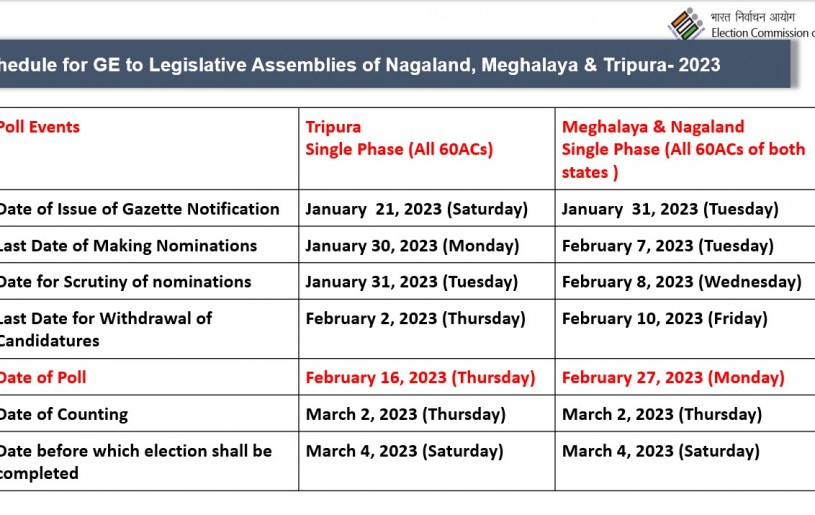Mon’s battle with drugs: Punishment gives way to Education and treatment
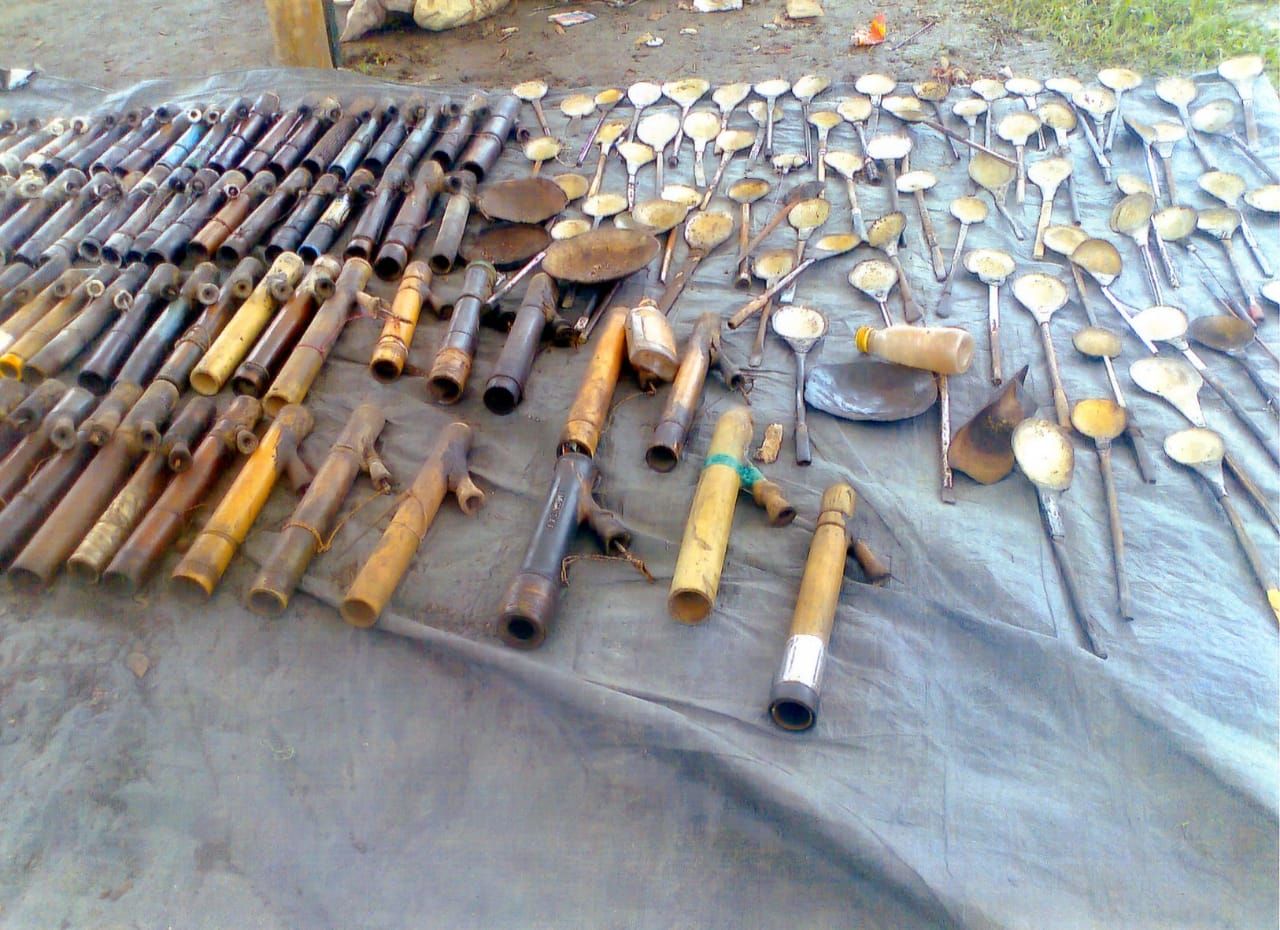
Confiscated opium smoking pipes in Mon. Communities in Mon have come together to tackle the menace of drug abuse in the district by adopting new strategies focussed on education, awareness and treatment rather than confrontation and punishment. (Morung File Photo)
Atono Tsükrü Kense
Kohima | February 27
For decades, Mon district has been afflicted with a drug menace, whereby civil organizations have implemented several strategies and measures to control sale, supply and use of drugs.
While confrontational tactics in the past did not yield much effective result, the community has now adopted a new, more practical approach, to curtail drug use among youngsters.
This involves going away from confrontation based approaches and instead focus on education, awareness and treatment oriented methods. It also entails measures to curb the demand and supply for drugs.
As the region lies along the Indo-Myanmar international boundary, the flow of drugs is readily available and cheaper drugs in the form of ‘adulterated brown sugar’ is said to be compounding the problem of addiction, especially among the young people. A rough estimation given by an expert working with drug addicts in Mon district said, there would be about 10,000 drug addicts in the district and 1500 users in Mon town alone.
With the alarming rise of drug addiction, literally, the whole district is in motion to combat the menace of drugs on how to control the flow of drugs into the region to stop supply and reduce drug use among its citizens.
On February 19, representatives of all the 11 wards of Mon town came together for a joint consultative meeting to control drug supply and abuse.
Initiated under the Konyak Union slogan “War against Drug” for operation against drug supply and abuse, a ‘Joint Action Committee Against Drug Supply and Abuse’ was formed comprising of representatives from all the wards within Mon town, Mon Area Students’ Union, Mon Town Students’ Union and Konyak Students’ Union.
The meeting resolution stated that action plan for operation and strategies shall be sorted out and implemented under the care of the committee and that every ward shall assist the committee by providing five volunteers each.
In a similar case, a ‘Committee on Drug Addiction Mitigation and Prevention (CoDAMP) was formed to act as a ‘think tank, wherein the meeting attended by the Konyak Union, KGOU, KNSK, KSU, KBBB and KVCU on August 4, 2019 resolved to fight the drug abuse problem in the district.
CoDAMP was formed with the key focus on demand and supply reduction, and social and economic re-integration. It is a purely community-led sponsored mission to open residential detoxification camps across the district.
The Konyak community has been united under one umbrella, embarking on an arduous journey to tackle this problem. Every family and individual has been contributing towards sponsoring the detoxification centers that are being run by the committees. Some village councils are reportedly sponsoring the expenses of drug users and their rehabilitation too.
Strategies to reduce demand
Dr. Chenjai Konyak, CoDAMP convenor speaking to The Morung Express said that drug addicts need interventions/treatment and help; not punishment.
He informed that nine residential detoxification camps have been opened while four are on the process of completion, with 440 clients undergoing treatment, spiritual motivation and counseling.
Dr. Konyak said the community is making an effort to give the best it can, of the services that are available at hand, and help them rebuild their lives by integrating the drug addicts with their families and the society.
With Mon Users Network, Gospel Outreach Ministry and trained volunteer camp coordinators as its partner, detoxification, he informed, is a 3-5 years project which aims to cover each and every village affected by drug addiction.
With the first phase covering Mon town expected to get done by June, Dr. Konyak said, it would be followed by phase II and III covering the villages in the district.
Towards supply reduction
With two components to drug addiction – users and the smugglers/peddlers, Dr. Konyak viewed that it is imperative that checking of ‘demand and supply reduction’ go side by side. Towards this, he said the whole district will be working towards supply reduction comprising of district administration, police, students’ union, village authority etc.
Deputy Commissioner of Mon, Thavaseelan K pointing out the supply of drugs from Myanmar, Assam and Arunachal Pradesh through Tizit and Naginimora said, the district administration is already taking steps towards prevention of drug supply into the region.
Thavaseelan informed that he spoke with the SP of Assam, who personally came to Mon to review the situation, wherein the SP has been apprised of the drug problem in the district and to check any movement of drug supply from Assam into the district.
As of now, he added that drug supply from Myanmar has been minimal with the annihilation of poppy fields by the committee not long ago.
The supply reduction team has been activated to check vehicles along the stretch of National Highways, Namtola and Tizit and also depute intelligence to find the suppliers and peddlers, informed Dr. Konyak.
“When we are putting so much effort on demand reduction and on the other hand, drugs are still available in the market then there is no point” Dr. Konyak stated.
Punishment - a thing of the past
While there have been instances and reports of confrontational tactics and excommunication of drug addicts by the village councils, Dr. Konyak opined “we cannot treat them with punishment, imposing fines or sending them to jail, but with compassion and care.”
All these, he said, are a thing of the past as people have done and have been doing it without knowing the scientific background about drug addiction. To this, he said, it has been trying to educate the people that drug users need some form of treatment and help, and not punishment.
Kripa Director, Abou Mere was also of the view that this form of punishment in addressing drug addiction problem may push drug users into a hidden population who will not come to avail harm reduction services. “It is always good to tackle drug dependency with scientific evidence base interventions” added Mere.
Despite the scientific understanding that addiction is a chronic disease, society still continues to see its as a sin, crime, anti-social etc, observed Mere.
He also stressed that the Nagaland State Substance Abuse Prevention and Treatment Policy is implemented with a robust system with coordinated and collective effort of both government and civil societies to ensure the policy objectives are fulfilled.
Meanwhile, Dr. Nganshimeren, Project Director, NSACS lauded the efforts of the community towards demand reduction with the right approach, and added that this would eventually help in supply reduction.
“Drug addicts should not be treated as criminals”, reiterated Dr. Nganshimeren and maintained that the steps taken by any community to tackle drug addiction must not dissuade the users from availing treatment.
“We do not expect to create a totally ‘Drug fee Mon’ but we aspire to change some lives through this humble community effort” said Dr. Konyak and further added “we may certainly fall short of certain expectations but we are trying our best to look into the issue with compassion and care.”


